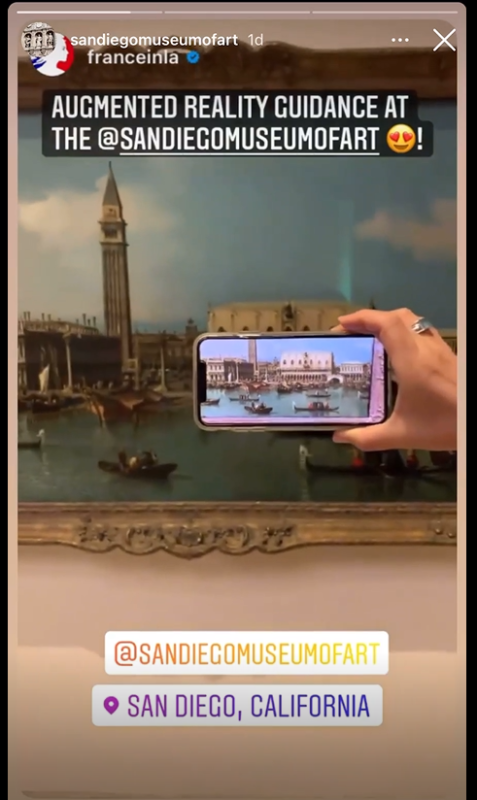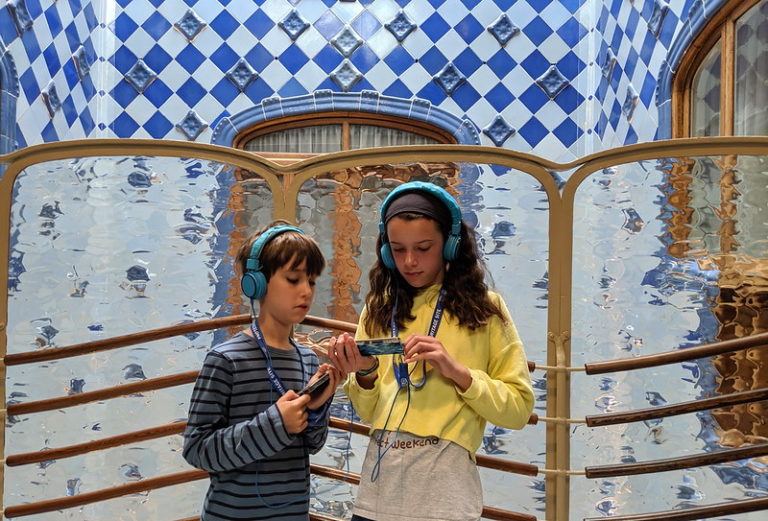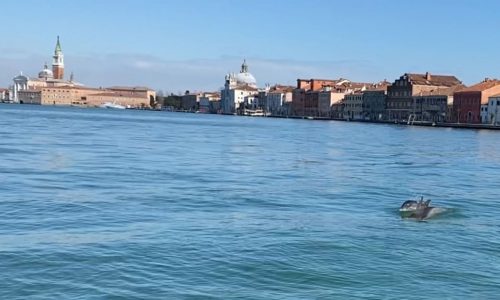Mass tourism has negatively impacted many historical and
cultural sites. How can we more sustainably quench our
curiosity?
AR & VR might just do the trick.
Around this time last year articles informed the world of dolphin sightings in the Venice canals. Turns out those were fake, but then a year later, March 2021, video was taken showing that in fact there were two very real dolphins spending hours in the Grand Canal! A truly incredible happenstance that experts agree occurred in large part due to the again strict lockdown.
It is obvious that wildlife is able to inherit larger habitats with the decrease in tourism travel and commercial intervention, but what may not seem as obvious is that cities themselves mimic nature in the same way. So many international cities thrive on tourism, especially international tourism. Their economies have blossomed and come to rely on foreign tourism dollars to survive. But even when the former may be true, like animals in their natural habitats, the residents and locals of these tourist hubs along with their traditions and business geared for locals are also pushed out.
Sustainable Tourism
In the case of Venice, a city that was threatened to be on UNESCO’s endangered list, annual tourists outweigh the legal residents 21:2. The population of Venice has been steadily decreasing as tourism increases. Cruise ships have now been banned effectively taking Venice off the endangered list, in a move to curb over-tourism of the city. This will however only be a band-aide, as tourists will still find a way to overcrowd streets. Now we are not currently out here trying to solve the problems that follow mass tourism, but as a digital community how can we come together to try to? Who out there is also just as concerned with maintaining sustainable tourism AND healthy curiosity of the world outside our own neighborhoods?
Virtual Experiences
We have data proving that visitors love seeing things brought to life. Our most successful AR experiences are those that simply animate a scene or a character, and give some sense of place and movement to an otherwise static object. In fact when I read the article on Venice’s UNESCO status I thought back to an AR moment Guru had created for SDMA. The work of art is called The Molo from the Basin of San Marco by Bernardo Bellotto, and the moment brings the boats to life with ambient sound as they cruise down the canal. Does this satisfy the need to explore however, or does it inspire people to see the scene in person even more? My guess would be the latter.


Virtual Tourism
If AR only offers enough delight and excitement to inspire real life travel, what about VR? Can a VR experience really substitute visits in real life? In the case of places like Venice where over tourism is so detrimental to the health and wellbeing of the city, virtual experiences could help visitors step inside places otherwise off-limits. Other heritage sites however like the Inca trail to Machu Picchu for example require a permit which are limited to help contain the impacts of over tourism. Your trip through there must be booked well in advance in order to secure one of these very limited permits – is there an opportunity in this situation to bring the wonders of Machu Picchu to a larger audience with VR? What would that look like, and how advanced and stable must technology be to provide a truly satisfying virtual visit?
SOLVING THE VENICE PROBLEM
So UNESCO wants to see plans from Venice city officials on how they plan on combatting over tourism and better preserving the lagoons and canals as well as other landmarks. Can and should digital solutions be a part of this plan? So I’m asking my fellow digital experience professionals out there – how would you leverage technology to help solve this problem?



